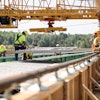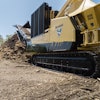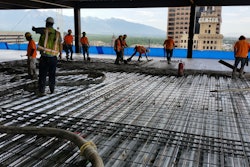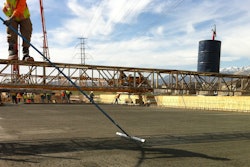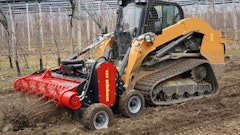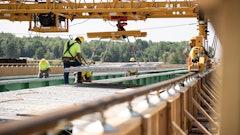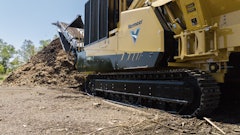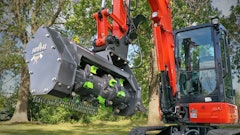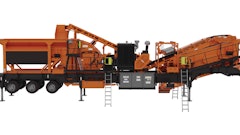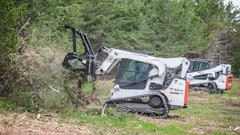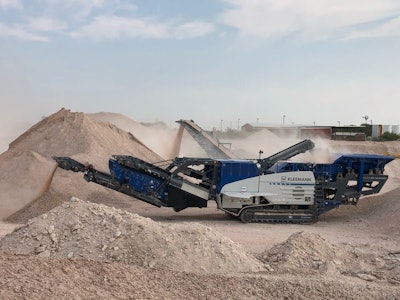
Aggregates are often overlooked when we talk about the construction industry today. They are not appealing. They are not glamorous. They are just rocks after all.
That said, aggregates are – quite literally – the building blocks of our society. Aggregate production dates back to the Roman Empire, and it has been critical to the growth of our world ever since.
Aggregates are the most basic material used in construction. They provide the foundation for roads, bridges, and buildings, while also making up over 90% of an asphalt pavement and up to 80% of a concrete mix. On average, 38,000 tons of aggregates are necessary to construct one lane mile of interstate highway. Construction of the average home requires 400 tons of aggregate, while the average size school or hospital requires 15,000 tons.
Every state and roughly three-quarters of the nation’s counties are home to an aggregate operation, producing nearly 2.4 billion tons of material annually, valued at over $25 billion.
That’s a huge impact for some rocks.
In partnership with the National Asphalt Pavement Association (NAPA) and the National Sand, Stone and Gravel Association (NSSGA), AEM will bring World of Asphalt and AGG1 to Atlanta, GA in March 2021.
What are aggregates?
Aggregates are raw materials that are produced from natural sources and extracted from pits and quarries, including gravel, crushed stone, and sand. When used with a binding medium, like water, cement, and asphalt, they are used to form compound materials, such as asphalt concrete and Portland cement concrete.
In 2018, according to the U.S. Geological Survey Mineral Commodity Summary, 75% of the 1.4 billion tons of crushed stone produced was used in construction. Meanwhile, of the almost 1 billion tons of sand and gravel produced, 24% was used in road construction, 12% in asphalt, and 44% in concrete.
Why are aggregates important?
Not only are aggregates the building blocks of our society, they are also prevalent in our daily lives. The average American requires roughly 10,000 tons of aggregate per year. We would not have glass and plastic without sand, or pennies without zinc. Quartz gives us the silica for computer parts, limestone gives us the calcium carbonate for antacids. Aggregates are also used in the water filtration and purification process, as well as air filtration and purification.
What makes an aggregate a good aggregate?
Aggregates must have predictable, uniform and consistent materials properties. They must be dry and clean before they can be used. Aggregates are only as good as their processing. They are mined, crushed, washed, and separated. The successful outcome of each step, the processing of a good aggregate, depends on the success of the previous step. That success depends on the hardworking men and women in the aggregates industry, men and women who often go overlooked and underappreciated in the construction industry.
Aggregates are here to stay. Today’s machines are high performance, low maintenance, and energy efficient machines. They allow the men and women in the aggregates industry to work quickly and safely while producing high quality materials.
Sara Fueling is director of construction at the association of equipment manufacturers (AEM)

